Arshad Mahmood Awan
In October 2024, Pakistan’s current account posted a surplus of $349 million, contributing to a modest surplus of $218 million for the first four months of fiscal year 2025 (4MFY25). This surplus is primarily driven by consistent growth in exports and remittances, alongside a slight recovery in demand. However, despite this surplus, economic growth continues to lag behind population growth, with projections suggesting it will remain below 3 percent. This lackluster performance reflects the limited impact of current account improvements on broader economic health.
The key challenge in sustaining growth lies in the country’s dependence on exports and remittances to support import growth, as private international credit and investment flows remain absent. Imports have remained between $4.5 billion and $5 billion in recent months, with global commodity price fluctuations playing a stabilizing role in limiting dollar outflows. However, many sectors still face weak demand, evident in the ongoing contraction of Large Scale Manufacturing (LSM). While imports of goods totaled $4.6 billion in October, marking a 13 percent increase in the Jul-Oct period to $18.8 billion, food imports are declining. Notably, food imports fell by 5 percent, reflecting a contraction in demand for items like tea and pulses as households cut back on non-essential consumption.
A significant rise in machinery imports, particularly in sectors such as power generation, construction, and textiles, is notable. Payments for these imports have surged, especially through the State Bank of Pakistan (SBP), which has streamlined contract payments. While mobile phone imports have fallen by 11 percent, signaling weak consumer demand, other sectors like cars and transport equipment have shown growth, up by 24 percent during the first four months of FY25. Petroleum imports have increased by 2 percent, largely due to a rise in crude oil imports, while the volume of product imports declined sharply. The increased reliance on RLNG (Re-gasified Liquefied Natural Gas) imports, up by 11 percent, is also pushing up the country’s import bill. This is partly due to long-term contracts with Qatar and limited domestic gas production, which reduces the need for crude imports.
On the export front, Pakistan’s goods exports reached a record high for the first four months of FY25, totaling $10.5 billion, marking a 9 percent year-on-year increase. Food exports were a significant contributor, with rice exports growing by 34 percent to $902 million. However, the boost from previous crop stocks is expected to fade as the new crop’s prospects appear less promising. Textile exports rose by 5 percent, but there was continued decline in yarn and cloth exports, with higher taxes and delays in refunds frustrating manufacturers. Moreover, many low-value-added textile businesses are shutting down in favor of imports, resulting in a 35 percent growth in textile imports to $1.6 billion. This has contributed to a worsening goods trade deficit, which rose by 19 percent to $8.0 billion.
Services trade continued to show resilience, with exports growing by 8 percent to $2.6 billion in 4MFY25. IT exports, in particular, surged by 35 percent to $1.2 billion, reflecting the growing importance of the sector. Meanwhile, service imports grew more slowly, rising by just 2 percent to $3.5 billion, which helped narrow the services trade deficit by 10 percent to $1.0 billion. Despite these positive developments, the overall deficit in goods and services trade widened by 15 percent to $9.3 billion, while the primary income deficit increased by 9 percent to $2.9 billion.
The most notable positive factor for Pakistan’s economy remains worker remittances, which surged by 35 percent to $12.4 billion. This growth is driven by an increase in overseas migration, a rise in freelance income, and tighter controls on money laundering. While remittances have provided crucial support to the economy, they are not sufficient on their own to drive substantial import growth or push GDP growth beyond the 3 percent mark. The key to sustainable economic recovery lies in improving financial and capital account flows, including increasing foreign direct investment (FDI). However, investor sentiment remains negative, and private credit flows have stagnated, highlighting the need for broader economic reforms to achieve lasting growth.
















